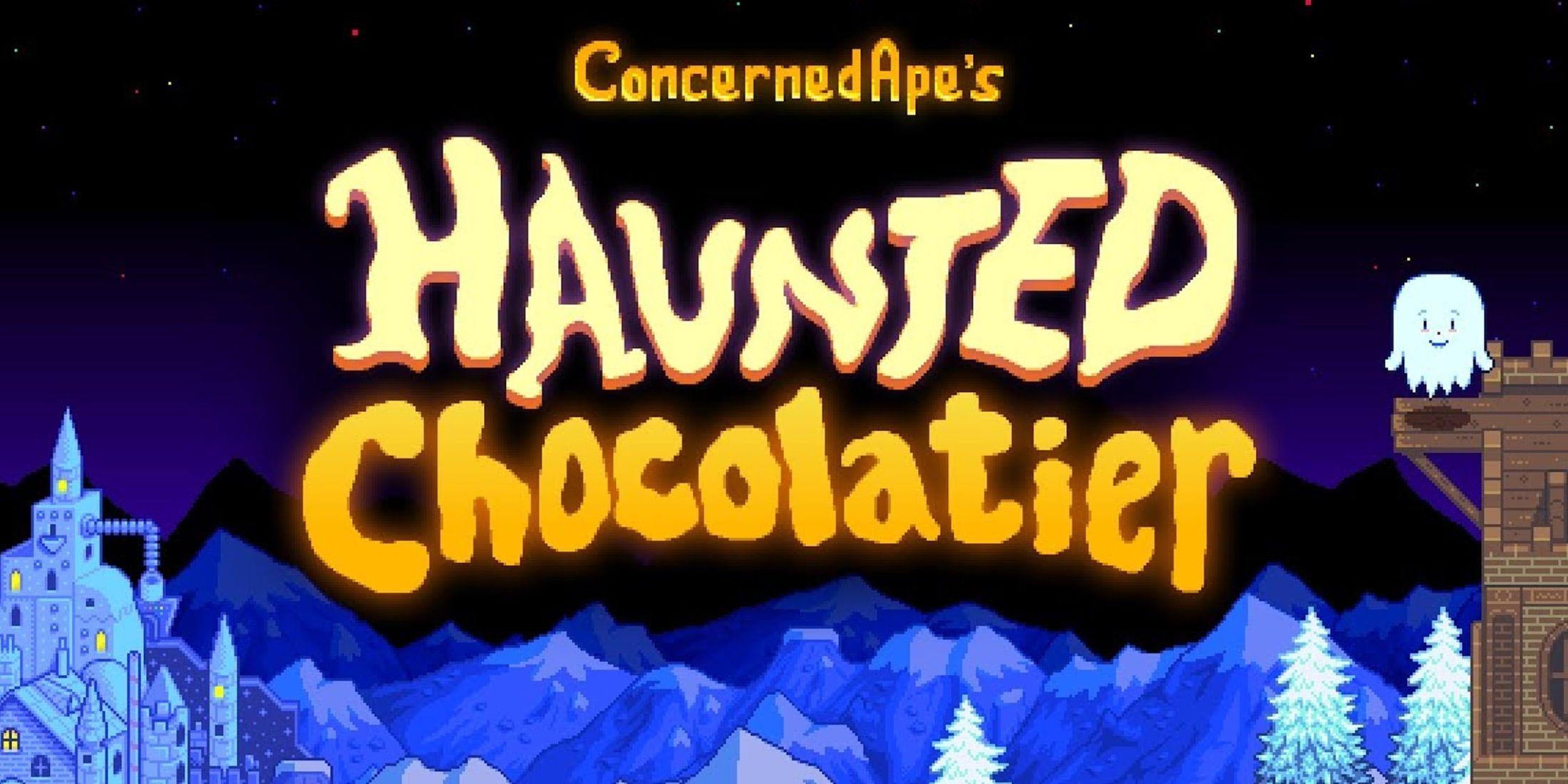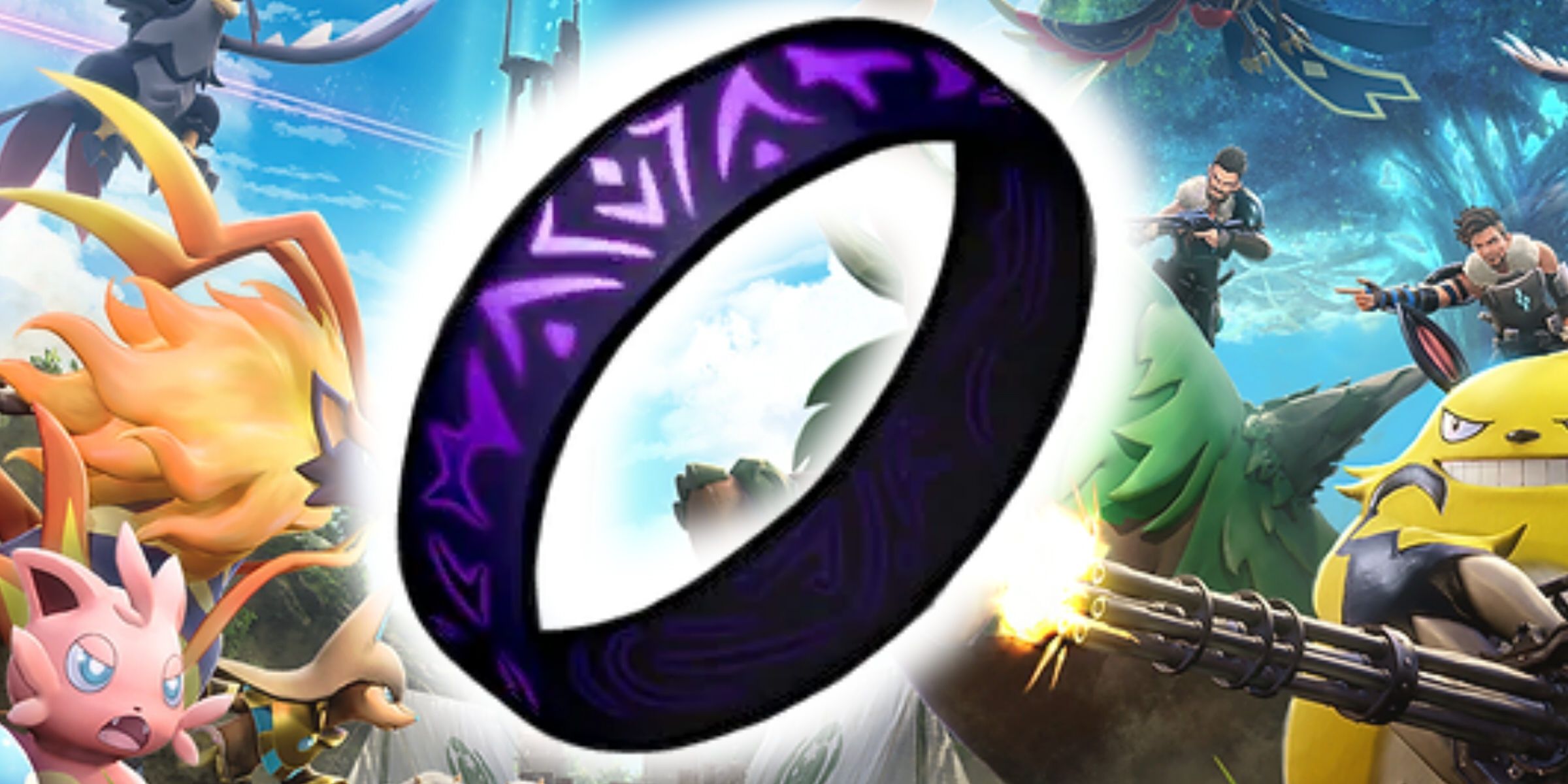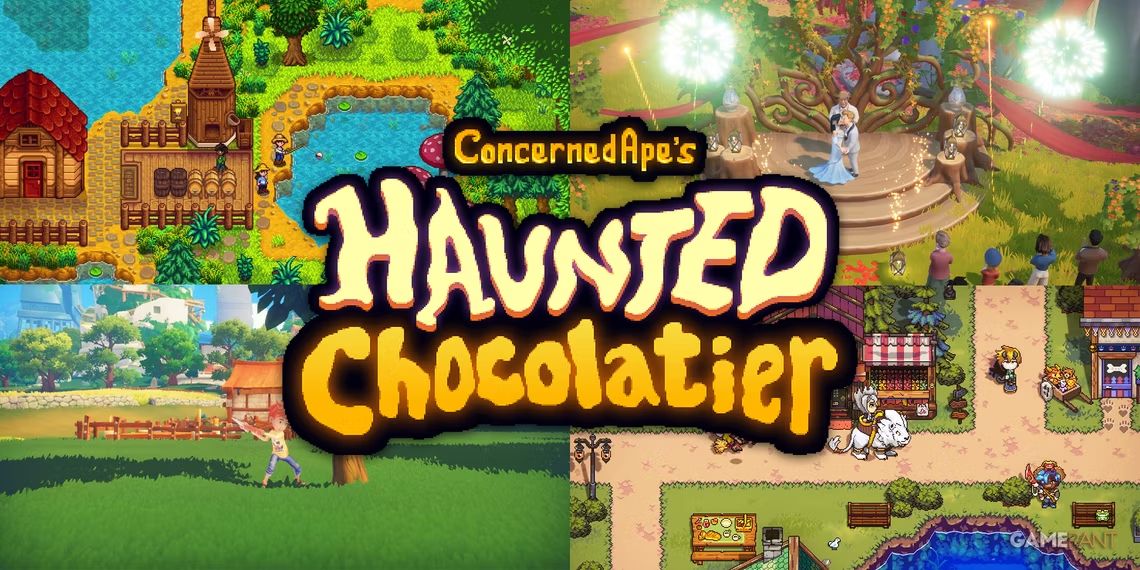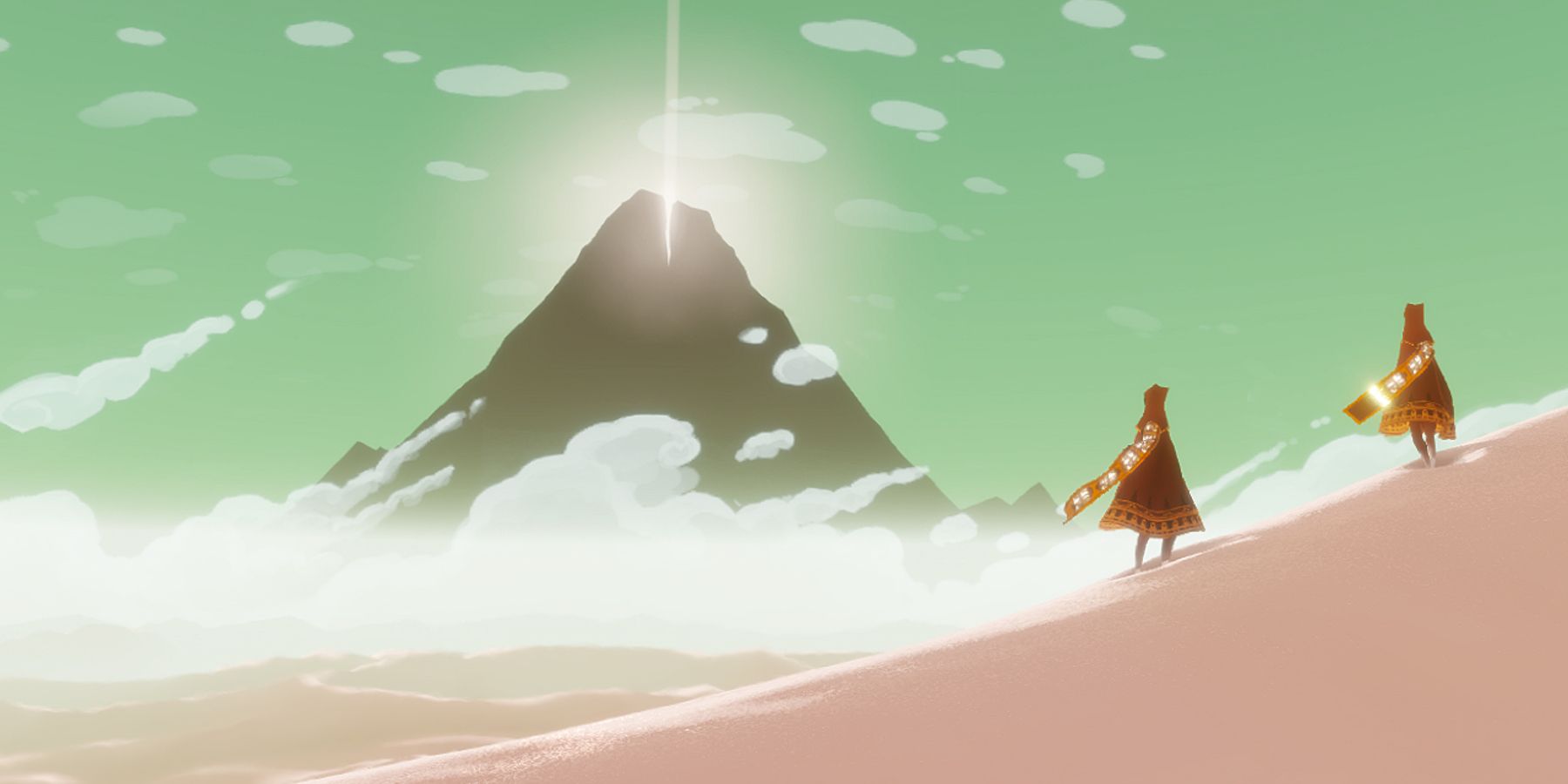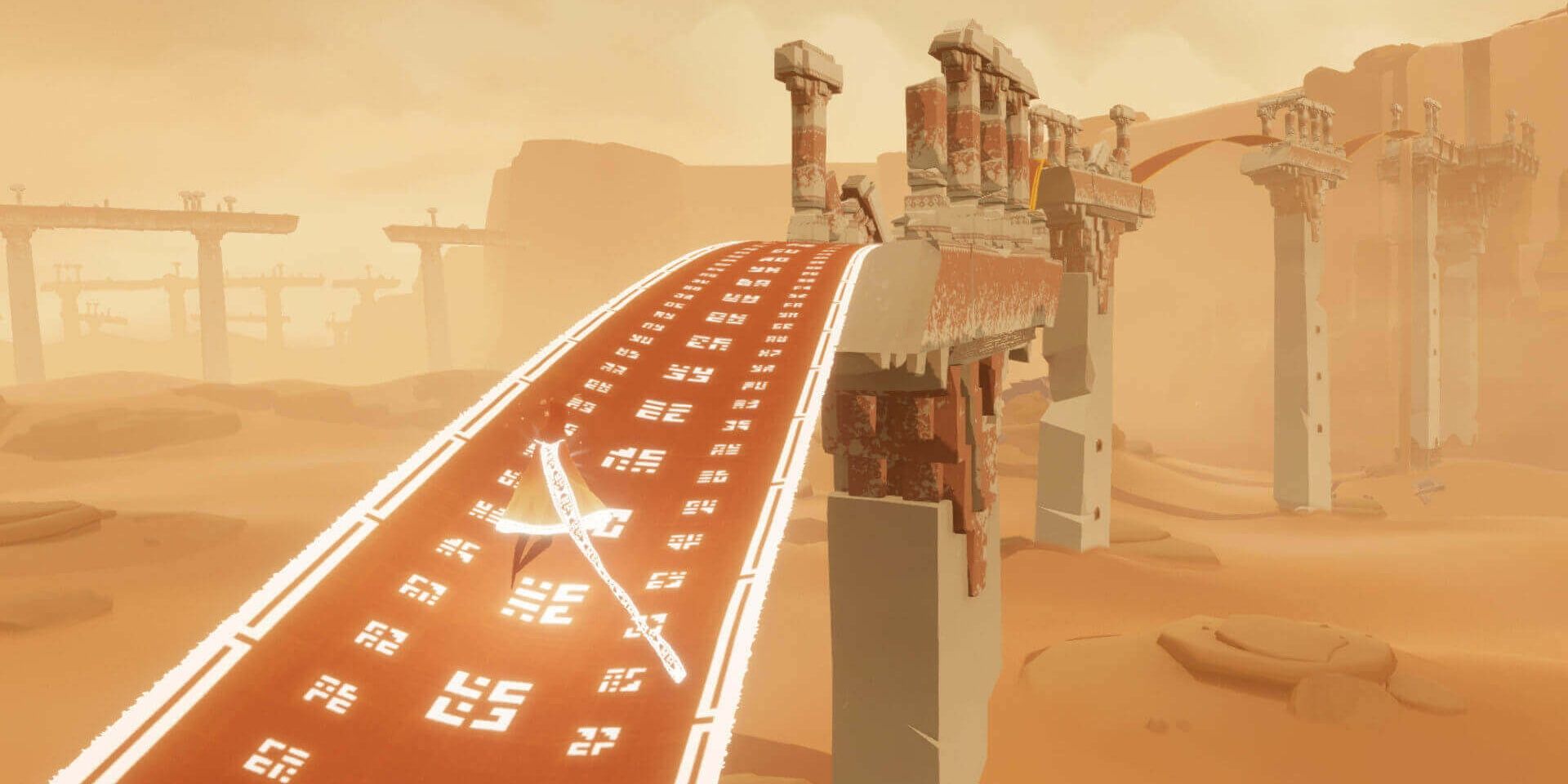For many of those outside the industry or who don't count playing games among their hobbies, it can be easy to see video games as vacuous, violent, and repetitive. Of course, this may have been more true a decade or so ago, before the medium became as mainstream as it is today and attitudes began to shift more profoundly. Game stories are making their way to wider audiences and showing skeptics that there can be more to the pastime than shooting and explosions. The upcoming TV adaption of The Last of Us is a classic example of this cross-platform transition, and might bring even more people into the realm of video games after its release.
While narrative-focused games were nothing new ten years ago, Journey's release made plenty of players and critics sit up and pay attention, and hailed a new era of creativity for the medium. Journey provided an experience for gamers that was purely magical, that transcended aspects that can traditionally divide like identity and geographical space, and that provided a cohesive and beautiful adventure unlike any other. The game was a masterpiece when it was released, and it remains a masterpiece to this day.
How A Game With No Dialogue Spoke To So Many
Thatgamecompany pulled off something miraculous when it released Journey in 2012. The developer created an experience that could be shared, that felt emotionally charged, and that was truly impactful in a game that didn't have a single word of dialogue or barely any characters. The story was gleaned purely through environmental factors and an extremely limited number of cutscenes. Despite its elements of cooperative gameplay, players could barely interact with each other except for musical chimes. The other player that gamers would occasionally encounter was completely anonymous, and their gamertag would only be revealed as the credits rolled.
This masterful idea created a sense of closeness despite the anonymity, and the way players could choose to work together in the robed characters' journey towards the mysterious mountain forged a bond that went beyond words. With this mechanic, gamers were unknowingly interacting with other players all over the globe, and it didn't matter what time zone they were in or what languages they spoke. The encounters were completely by chance, and Journey players might just as easily lose their game partner as they would bump into another. No other title has managed to capture this magic in quite the same way.
The design of the game was breathtaking, with the vastness of the environments served to make players immediately aware of their insignificance, while also filling them with wonder. From the arid and orange-tinted desert with its rolling dunes and crumbling structures, to the hostile snow-covered mountainsides with buffeting winds and floating adversaries; Because the game's design was slightly fantastical and vaguely cartoonish in its aesthetic, Journey's award-winning design has held up well over the past decade. It has a timeless, universally beautiful look that pushed boundaries when it was released, and still feels impressive today despite the releases of new generations of consoles and vast improvements in graphics.
Why Simple Is Sometimes The Best
Journey didn't function like a normal video game. There were no scores, no lives or health bars to keep track of, no experience points to gather to unlock a new ability or weapon. The core mechanics were simplistic and straightforward, with players searching for glowing symbols in order to add length to the robed figure's scarf and enable them to jump and glide for longer.
The musical notes that the character could emit helped to communicate in some fashion with other players, or summon cloth creatures to help scale obstacles. The simplicity of the controls made Journey a game that could appeal to experienced and inexperienced gamers alike and shifted the focus to the environments over things like combat or strategy. Along with the straightforward gameplay, there was only one goal — players needed to make their way towards the distant mountain.
This stripped-back approach lets other elements of Journey shine, proving that games don't need to be packed full of content like Horizon Zero Dawn in order to be entertaining or impactful. Journey is a meditative, atmospheric, and stunning antidote to the fast-paced combat of a shooter, or the overly-complex environments of an open-world action adventure. It has a clear structure, goal, and gameplay system that doesn't crowd the player or demand too much. They let the game speak entirely for itself, and consequently, Journey shines like a particularly peaceful beacon amidst the tumultuous and often aggressive seas of video game content.
How Soundtracks Can Impact A Game
Just like other visual or interactive mediums, video game soundtracks have an undeniably profound impact on how people experience them. They can elevate a title, encourage emotional responses, and add a layer to the experience that otherwise wouldn't be achievable. Journey became the first video game soundtrack to be nominated for a Grammy in 2013, and the game's music remains one of its most poignant and impressive elements.
The soundtrack is revelatory, and provides emotional heft to some key instances that remain unforgettable; like the moment certain vistas are revealed, or key changes occur in the way that players are experiencing the world. Journey's music is one of the aspects that transform it from a simple gaming experience into something more — something more akin to a work of art.
After the initial few moments in the game, players might have thought they knew what it was all about. But after playing through Journey in its entirety, they would have been taken on an adventure that there was no way they could have predicted. It's touching, mature, uplifting, at once lonely and companionable, and stunningly visual. It provides something that games didn't before it was released, and arguably haven't in the decade since. It marked a turning point in how games could be seen or created, and the industry was never the same afterward.
Journey is available now on PC, PS3, and PS4.

